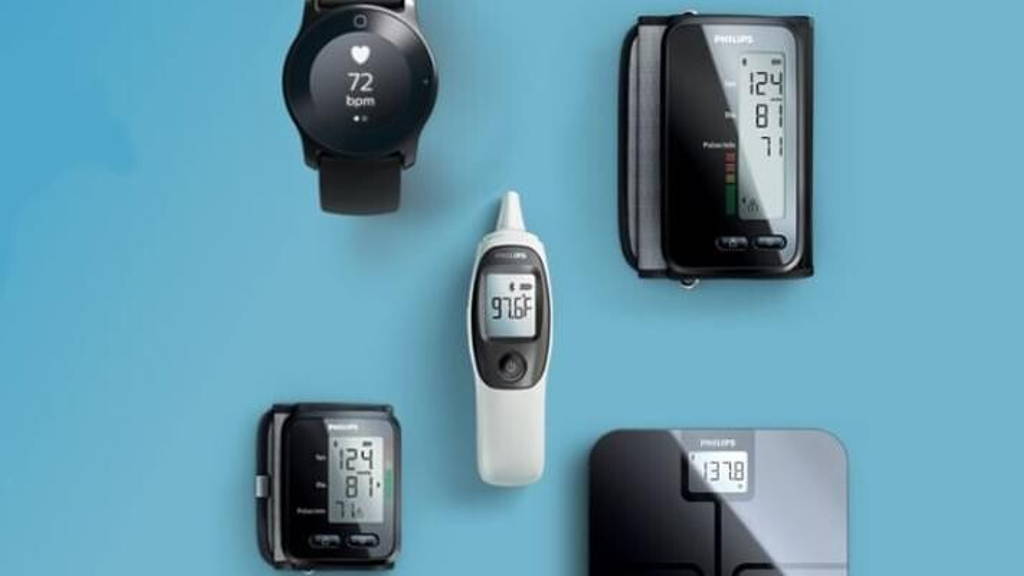The demand for wearables is showing extremely positive growth. These technical devices are worn on the body which record activity and body data and often also have communication functions. GFK predicts global sales of 122 million units for 2016 and expects to see a global market volume in this sector of US$ 13.3 billion. This corresponds to a growth of US$ 4.8 billion compared with the previous year.
Health & fitness trackers are still the biggest wearable-category in volume, though the growth is slowing down as multifunctional smartwatches offer more health & fitness functions. GfK trade panel figures for the first half year show that wrist-mounted technology is becoming increasingly well established in Western Europe: Currently, one in ten consumers who buy a smartphone also purchase a wearable. 5.5 million devices were sold in total.
Pollution issues in cities have also led to a boom in air purifiers, especially across Asia. In the 25 countries covered by GfK, this product group grew by 22 percent compared with the previous year to reach €863 million.
Health & fitness trackers are still the biggest wearable-category in volume, though the growth is slowing down as multifunctional smartwatches offer more health & fitness functions. GfK trade panel figures for the first half year show that wrist-mounted technology is becoming increasingly well established in Western Europe: Currently, one in ten consumers who buy a smartphone also purchase a wearable. 5.5 million devices were sold in total.
Growth health & fitness trackers slowing down
Health and fitness trackers, compared with the other categories, form the biggest segment with the highest market volume. However, compared with smartwatches, the volume growth in Western Europe is significantly lower at 63 percent. In Asia the segment is still growing rapidly, recording an increase of 141 percent in terms of units sold. Smartwatches form the most dynamic segment. Here, technology and electronics companies join forces with sports, fashion and watch companies, resulting in a significantly broader range and therefore greater competition. In Western Europe the number of smartwatches sold in the first half year is up 153 percent, while in Asia it is up 115 percent. Newer generations of smartwatches, such as the Samsung GeerS3 and the expected Apple Watch, offer a myriad of health and fitness functions. The Gear S3 for example features sensors that measure speed and heartrate.Growing health awareness
A trend GFK notices in small household appliances is the growing health awareness of consumers. This is reflected not only in dietary behavior, but also in the increasing demand for personal care products. Revenue of stand blenders, which are often used to prepare healthy drinks, rose worldwide (excluding USA and Canada) by 11 percent to €878 million. In Western Europe, light therapy devices and skin care devices are much in demand among consumers. Compared with last year they achieved a growth in revenues of 8 and 7 percent, respectively.Pollution issues in cities have also led to a boom in air purifiers, especially across Asia. In the 25 countries covered by GfK, this product group grew by 22 percent compared with the previous year to reach €863 million.








